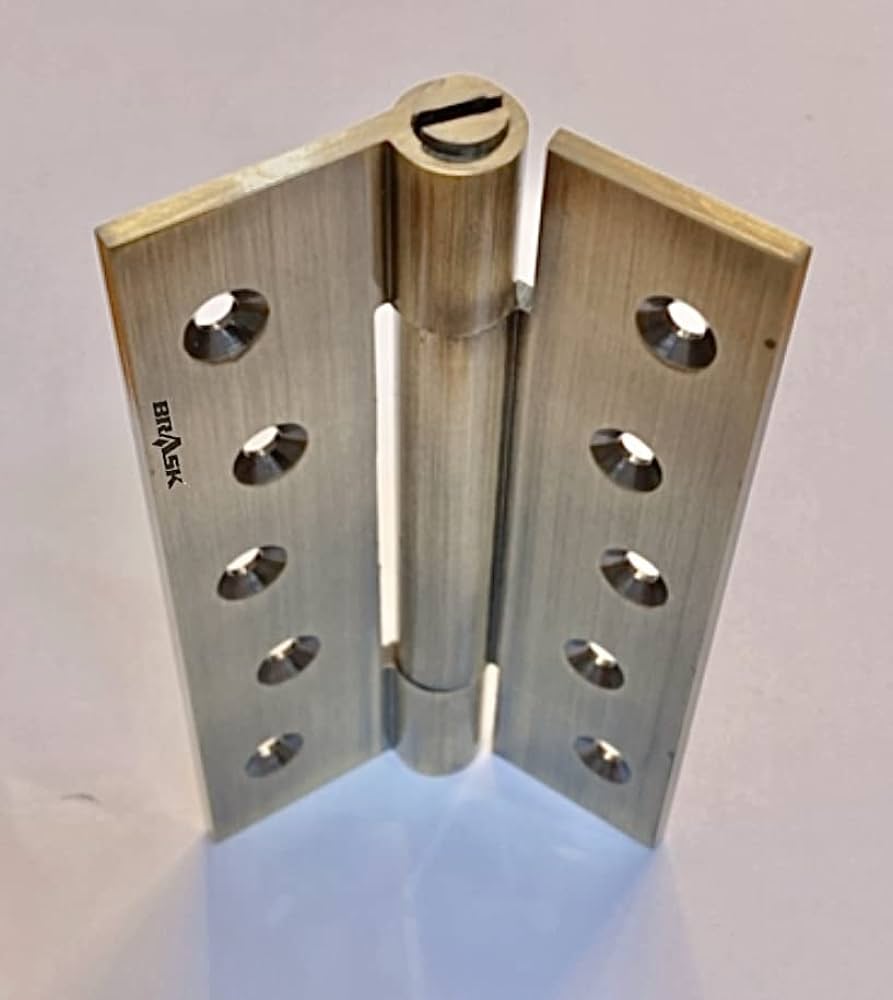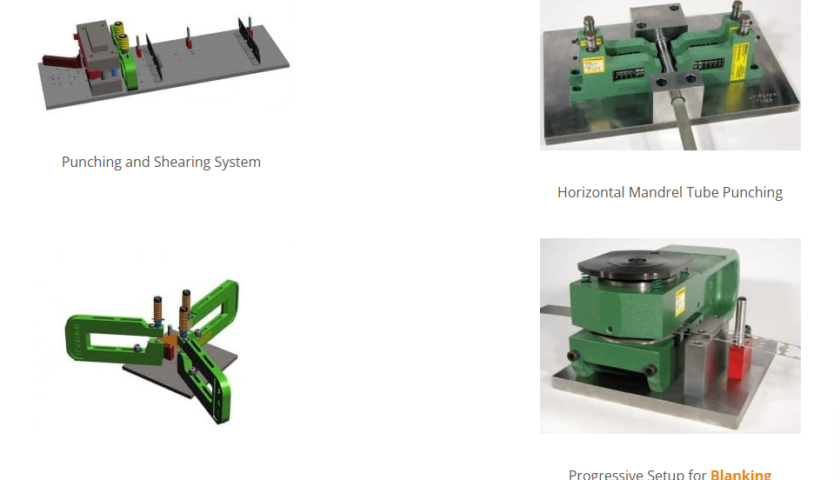Introduction:
Stainless steel hinges (SS hinges) are essential components in various industries, providing stability, security, and smooth operation for doors, gates, cabinets, and more. Recent advancements in stainless steel hinge technology have revolutionized their functionality, offering improved security features and enhanced performance. In this blog, we’ll explore the latest innovations in stainless steel hinge technology and their impact on security and performance across different applications.
1. Evolution of Stainless Steel Hinges:
Stainless steel hinges have evolved significantly over the years, driven by innovations in material science, manufacturing processes, and design engineering. Traditional stainless steel hinges provided basic functionality but lacked advanced security features and durability. However, recent advancements have introduced new materials, such as high-grade stainless steel alloys, and innovative designs that enhance both security and performance.
2. Enhanced Security Features:
One of the key innovations in stainless steel hinge technology is the integration of enhanced security features. Modern SS hinges incorporate advanced mechanisms such as ball joints, security pins, and concealed fasteners to prevent tampering, forced entry, and unauthorized access. Ball joint hinges, for example, provide smooth operation while offering increased resistance to prying and forced removal, enhancing security for doors and gates.
3. Ball Joints Technology:
Ball joints are spherical bearings that allow rotational movement between two components, providing smooth and precise motion in all directions. In stainless steel hinges, ball joint technology enhances performance by reducing friction, minimizing wear and tear, and ensuring consistent operation over time. Ball joint hinges offer superior load-bearing capacity and durability, making them ideal for heavy-duty applications where reliability is crucial.
4. Corrosion Resistance:
Another significant innovation in stainless steel hinge technology is the development of corrosion-resistant coatings and finishes. Stainless steel is inherently resistant to corrosion, but specialized coatings such as powder coating, electroplating, and passivation further enhance its durability and longevity, especially in harsh environments. Corrosion-resistant SS hinges are essential for outdoor applications where exposure to moisture, salt, and chemicals can compromise performance.
5. Self-Closing Mechanisms:
Self-closing hinges are designed to automatically close doors and gates after they have been opened, providing convenience, security, and energy efficiency. Recent innovations in self-closing hinge technology have improved reliability and performance, with features such as adjustable tension, smooth closing action, and quiet operation. Stainless steel self-closing hinges are widely used in residential, commercial, and industrial settings to enhance safety and security.
6. Customization Options:
Innovations in stainless steel hinge technology have also expanded customization options, allowing for tailored solutions to meet specific requirements. Manufacturers offer a wide range of sizes, finishes, and configurations to accommodate different applications and design preferences. Customizable features such as hinge size, hole pattern, and mounting options enable users to optimize functionality and aesthetics for their projects.
7. Applications Across Industries:
The advancements in stainless steel hinge technology have found applications across various industries, including:
– Architectural: SS hinges are used in architectural projects for doors, windows, gates, and cabinets, providing durability, security, and aesthetic appeal.
– Industrial: Stainless steel hinges are essential components in industrial machinery, equipment enclosures, and access panels, ensuring reliable operation and safety.
– Marine: Corrosion-resistant SS hinges are widely used in marine applications for boat hatches, cabinets, and hardware, withstanding exposure to saltwater and harsh marine environments.
– Automotive: Stainless steel hinges are employed in automotive applications such as vehicle doors, trunks, and tailgates, offering strength, durability, and smooth operation.
8. Future Trends:
Looking ahead, the future of stainless steel hinge technology is poised for further advancements in materials, manufacturing techniques, and smart functionalities. Innovations such as IoT-enabled hinges with remote monitoring capabilities, anti-microbial coatings for hygiene-sensitive environments, and eco-friendly materials for sustainable applications are expected to drive the next wave of innovation in the industry.
Conclusion:
Innovations in stainless steel hinge technology have transformed the landscape of security and performance across various applications. With enhanced security features, ball joint technology, corrosion resistance, self-closing mechanisms, customization options, and applications across industries, SS hinges offer unparalleled reliability, durability, and versatility. As technology continues to evolve, stainless steel hinges will play a crucial role in shaping the future of security and performance in doors, gates, cabinets, and beyond.





